Presidential Elections: Who will swear in as the new president, know everything from salary and facilities
By Lokmat English Desk | Published: July 21, 2022 02:08 PM2022-07-21T14:08:28+5:302022-07-21T14:08:28+5:30

The country is going to get its fifteenth president today. The current President Ram Nath Kovind's tenure ends on July 24. Therefore, the new President will take oath of office on July 25. In such a situation, who gives oath to the person sitting on the highest constitutional post of the country, this question.

After all, what powers does the person occupying this highest position have? What facilities are available to the constitutional head of the country? Let's know about it in detail. Article 54 mentions the election of the President
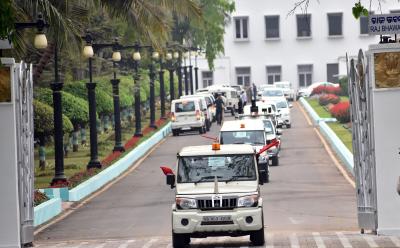
The President of India is elected through special voting. A single vote means a voter casts only one vote. But in this he gives votes to many candidates on the basis of preference. That is, he says on the ballot paper who is his first choice and who is his second and third choice.

The President of India is sworn in by the Chief Justice of the country. In the absence of the Chief Justice, a senior judge of the Supreme Court may administer the oath. Article 60 of the Constitution clearly mentions the administration of oath to the President. The tenure of the President is 5 years.
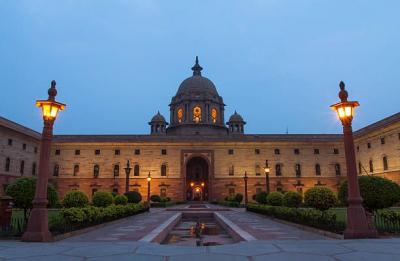
In the event of the President's untimely death or any other cause leaving the seat vacant, the Vice President takes over. When the Vice President assumes the office of President, he must first take the oath of office. This oath is administered by the Chief Justice of the Supreme Court.
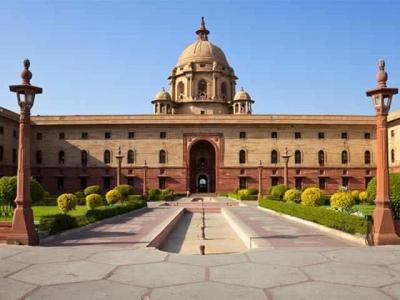
If the post of Vice President is also vacant at that time, this responsibility is held by the Chief Justice of the country. If the post of CJI also falls vacant, the responsibility falls on the shoulders of the senior-most judge of the Supreme Court. If the situation arises that requires the President to resign.
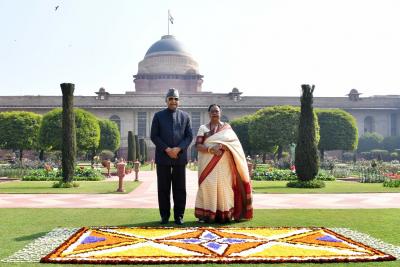
The Constitution does not mention when the President will be sworn in. In fact, in 1977, Neelam Sanjeev Reddy was elected President unopposed. He was sworn in as President on 25 July 1977. Since then it has become a tradition.
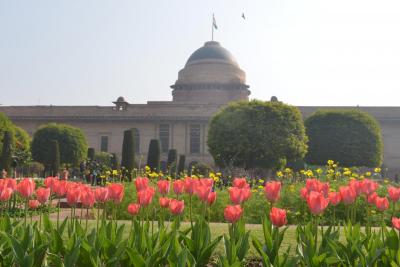
The President of India oversees the functioning of the country's political institutions so that they can work together to achieve the goals of the state. If you read the constitution of the country, you will see that there is nothing that the President cannot do.
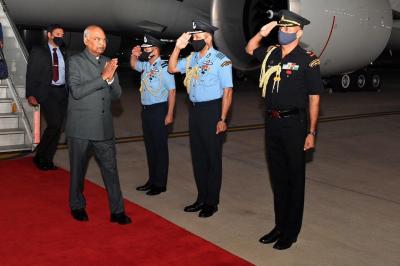
The President is the Supreme Commander of the Defense Forces of India. Under Article 72 the President can pardon or commute the sentence of any person convicted of an offence. The President also has the power to decide on capital punishment.

The President appoints the Chief Justice of India, judges of the Supreme Court and state high courts, governors, election commissioners and ambassadors from other countries. Under Article 352, the President shall issue a decree in the country in case of war or external invasion or armed rebellion.
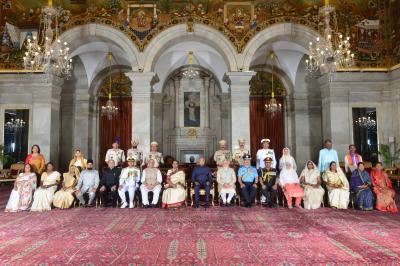
Any Bill passed by the Parliament becomes a law only after the assent of the President. If the President wishes, he can stop the bill for some time. Also they can refer the bill to the parliament for reconsideration. If the Parliament re-passes the bill, the President signs it.

Currently, the salary of the President of India is Rs 5 lakh per month. Apart from this, other allowances are also given. Before 2017, the President's salary was only Rs 1.5 lakh per month. At that time, the salary of high-ranking bureaucrats and cabinet ministers was higher. Free medical to the President.
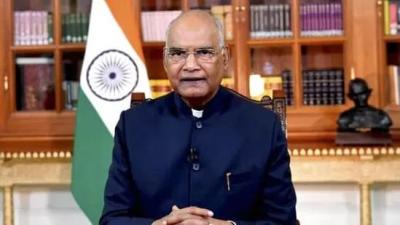
The President receives a specially designed Mercedes Benz S600 Pullman Guard vehicle for travel. The President's motorcade consists of 25 vehicles. The President has a special bodyguard. Their number is 86. After stepping down from office, the President will be given a pension.























